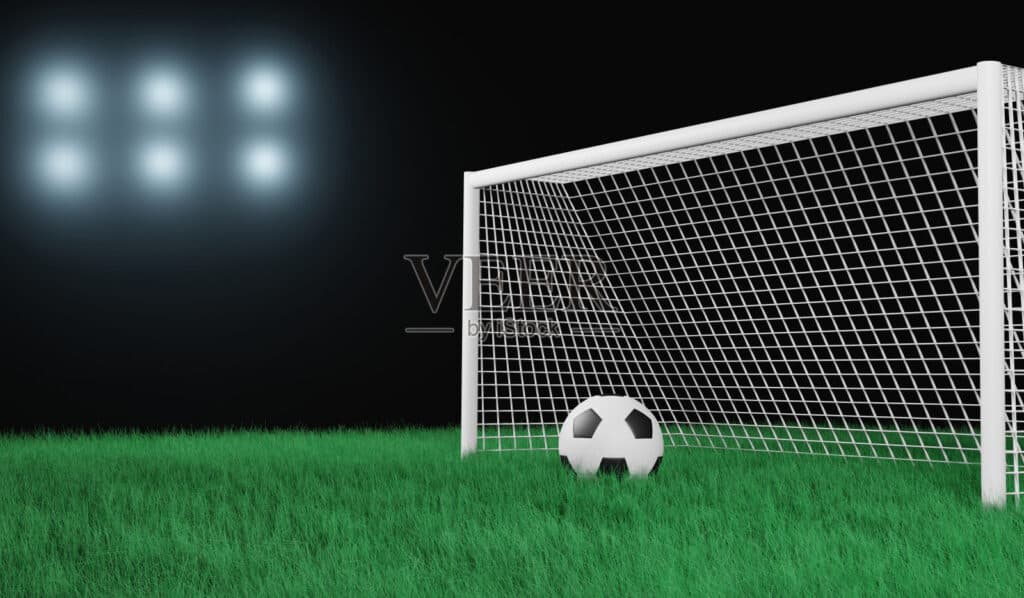
Hose Fittings The Secret Behind a Long-Lasting Connection

- Frank Fu
- November 7, 2022
- 12:07 pm
- No Comments
Hose Fittings
Hose fittings are an essential component of any plumbing system, but they can also be a source of frustration if not properly installed. It is important to understand the secret behind a long-lasting connection so that your hose fittings remain in top shape for years to come.
Hose fittings need to be carefully chosen and installed in order to create a strong, secure connection. The most commonly used materials in these connections are brass and stainless steel, both of which have very high tolerance levels against corrosion and wear. When installing the fitting, it is important that the threads on each end fit together perfectly – otherwise there will be leakage over time or even worse – failure of the fitting itself. Each joint should also be tightened securely with adequate torque so as to ensure a robust and leak-proof connection.
Types of Hose Fittings
Hose fittings are an essential component in maintaining a long-lasting connection between two pieces of equipment. These fittings come in a variety of shapes and sizes – each offering different advantages and disadvantages. Understanding the different types of hose fittings available is key to making sure you create a secure, reliable connection.
The most common type of hose fitting is the threaded fitting. This type features tapered threads that interlock into another piece when twisted by hand or tightened with a wrench. Threaded fittings are known for their durability and reliability, but they can be difficult to install and require extra precautions to ensure a watertight seal. Push-to-connect hose fittings offer an alternative solution since they don’t require any threading or tools; just simply push them together to form an instant connection.
Factors to Consider When Choosing Hose Fittings
Hoses are one of the most important tools for a range of industrial applications and everyday activities. But often overlooked is the importance of proper hose fittings. Without the right connection, hoses can become damaged or torn, leading to costly repairs and replacement. That’s why it’s essential to carefully consider all factors when selecting hose fittings.
When choosing a fitting, it’s important to think about its size and shape – these will determine how well it connects with the tube or pipe that you’re attaching. Additionally, you’ll need to make sure that your chosen fitting is compatible with your particular type of hose material – not all materials are designed for every application! Similarly, you should also take into account any special requirements such as environmental exposure or pressure ratings; this will ensure that your selection is made to last in whatever conditions you may encounter.
Benefits of High Quality Hose Fittings
When it comes to making a long-lasting connection, hose fittings are the secret behind success. High quality hose fittings provide a secure connection between two hoses and ensure that no leaks occur. They also keep out dust and dirt, which can cause corrosion over time. The benefits of using high quality hose fittings are numerous and should be taken into consideration when looking for the right solution for one’s project needs.
First, high quality hose fittings provide superior strength and durability. Stronger than typical low grade materials, they ensure that the connection will last longer without risk of losing its integrity over time. Additionally, high quality hose fittings offer greater flexibility and resistance against damage from pressure or shock applied to them during use, making them ideal for applications where frequent movement is required.
DIY Tips for Installing Hose Fittings
Do-it-yourselfers, take note: Hose Fittings are essential components of any plumbing system and require proper installation to ensure a secure connection. DIYers can avoid the cost of calling in a professional plumber by following some basic tips that will help them get the job done right. Not only is it easy to install hose fittings yourself, but it’s also an economical way to keep your plumbing system in good working order.
When installing hose fittings, first select the correct size and type for your needs. Be sure to choose quality parts made from durable materials such as brass or stainless steel. Next, carefully prep the area where you will be making the connection – cleaning away dirt, rust or other debris around the opening to ensure a tight seal.
Professional Installation Services
Professional installation services are a crucial component in ensuring the longevity of hose fittings. Made from durable materials such as stainless steel, brass, and aluminum, these fittings provide a secure connection between hoses and equipment. However, without professional installation services, even the toughest fittings can fail prematurely due to incorrect fitting techniques or poor maintenance practices.
For this reason, it is essential to choose experienced professionals who understand how to properly install and maintain hose fittings. Professional installers not only know best practices for installing the right type of fitting but also understand how to ensure proper maintenance protocols are followed on an ongoing basis – thus providing peace of mind that the connection will remain strong for years to come. Investing in professional installation services is an intelligent choice when it comes to making sure your hose fittings last as long as possible!
Conclusion: Long-Lasting Connections
The secret behind a long-lasting connection is hose fittings. Many people think of hose connections as an afterthought, but these are essential components that can make or break the life span of any system. Whether you are dealing with air, water, chemicals, compressed gases, or other liquids, having the right type and size of hose fitting is crucial for a safe and secure connection.
Hose fittings come in many types and sizes to meet different needs. The most common type is a standard male/female threaded connection that uses either pipe thread (NPT) or British Standard Pipe thread (BSPT). However, there are also specialty connectors such as O-ring face seals and compression fittings which provide superior sealing capabilities when used correctly.
